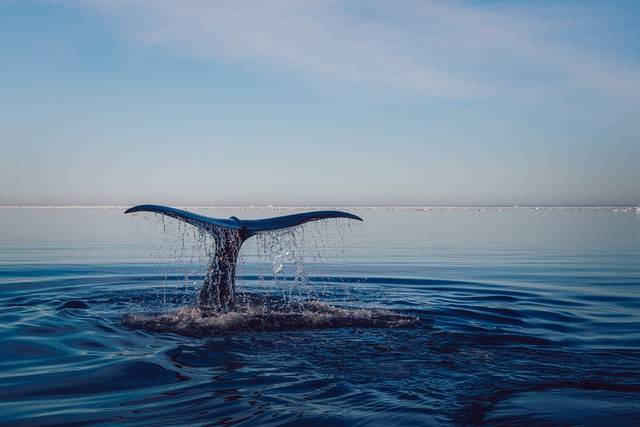A pregnant dolphin. A fatal gunshot. A disturbing trend.

PIXABAY
A large reward is being offered in connection with the killing of the pregnant dolphin in Mississippi.
This whodunit begins on a beach in Mississippi, where a bottlenose dolphin turned up dead one day this spring.
A man found the animal lying at the water’s edge in April and called the Institute for Marine Mammal Studies, which responds to dolphin strandings and conducts necropsies, or animal autopsies, said Moby Solangi, the organization’s executive director.
Since there was no visible sign of foul play, the remains were not examined immediately.
But in July, veterinarians dissected the dolphin and found something was amiss: a bullet, lodged in the animal’s lung. The dolphin had been shot to death, and in an added blow, the necropsy revealed that she had been pregnant with a full-term calf, which also died.
Now, a $11,500 reward is being offered to help solve the case. It is the latest example of violence against dolphins in the northern Gulf of Mexico, which experts say is becoming increasingly common.
From Florida to Texas, 21 dolphins have been found dead with gunshot wounds since 2002, according to data from the National Oceanic and Atmospheric Administration. Two others were shot with an arrow, and one was impaled with a screwdriver. Most of the deaths were recorded in the past decade.
Don't miss out on what's happening!
Stay in touch with breaking news, as it happens, conveniently in your email inbox. It's FREE!
The trend raises baffling questions: Who would shoot a friendly dolphin? And why?
Stacey Horstman, a bottlenose dolphin conservation coordinator for the agency who helps track the data, has a theory. She calls it “the domino effect” of feeding dolphins in the wild.
When people hand out food to wild dolphins, she said, the animals learn to approach boats and teach their calves to do the same. Some even stick their head out of the water and open their mouth to beg.
“It’s really like any wild animal, like bears in Yellowstone,” Horstman said. “When dolphins are fed, it changes their behavior.”
As dolphins come near boats, they are also known to snatch food off fishing gear, leading fishermen to retaliate, she said. Among past dolphin killings in which the offender has been identified, she said, “several of them have been fishermen who are frustrated.”
Approaching humans also puts dolphins in close range of people who might hurt them for sport or for fun. In 2014, a juvenile admitted to shooting a bottlenose dolphin with a hunting arrow, according to the NOAA. A $24,000 reward was handed out for information leading to the perpetrator in that case, Horstman said.
Now, a large reward is being offered again, this time in connection with the killing of the pregnant dolphin.
The dolphin had carried her calf for the full gestation period of 12 months and was nearly ready to give birth when she was killed, said Solangi, of the Institute for Marine Mammal Studies.
Though this dolphin washed up onto the beach, Solangi fears that whoever shot her may have killed others that have not been found.
“Generally when somebody starts shooting animals, it’s not just one,” he said. “It’s no different than having a serial killer.”
He hopes the reward, offered by animal welfare and conservation advocates, will help the killer be caught. Harming or killing a wild dolphin is punishable by jail time and fines.
In the meantime, Horstman hopes to reach the suspect’s unwitting accomplices, those who feed wild dolphins.
“The public thinks it’s just an innocent behavior,” she said. But she added, “They can’t see that domino effect of that simple act, that seemingly simple act of giving a handout to a dolphin.”
© 2018 The New York Times Company




